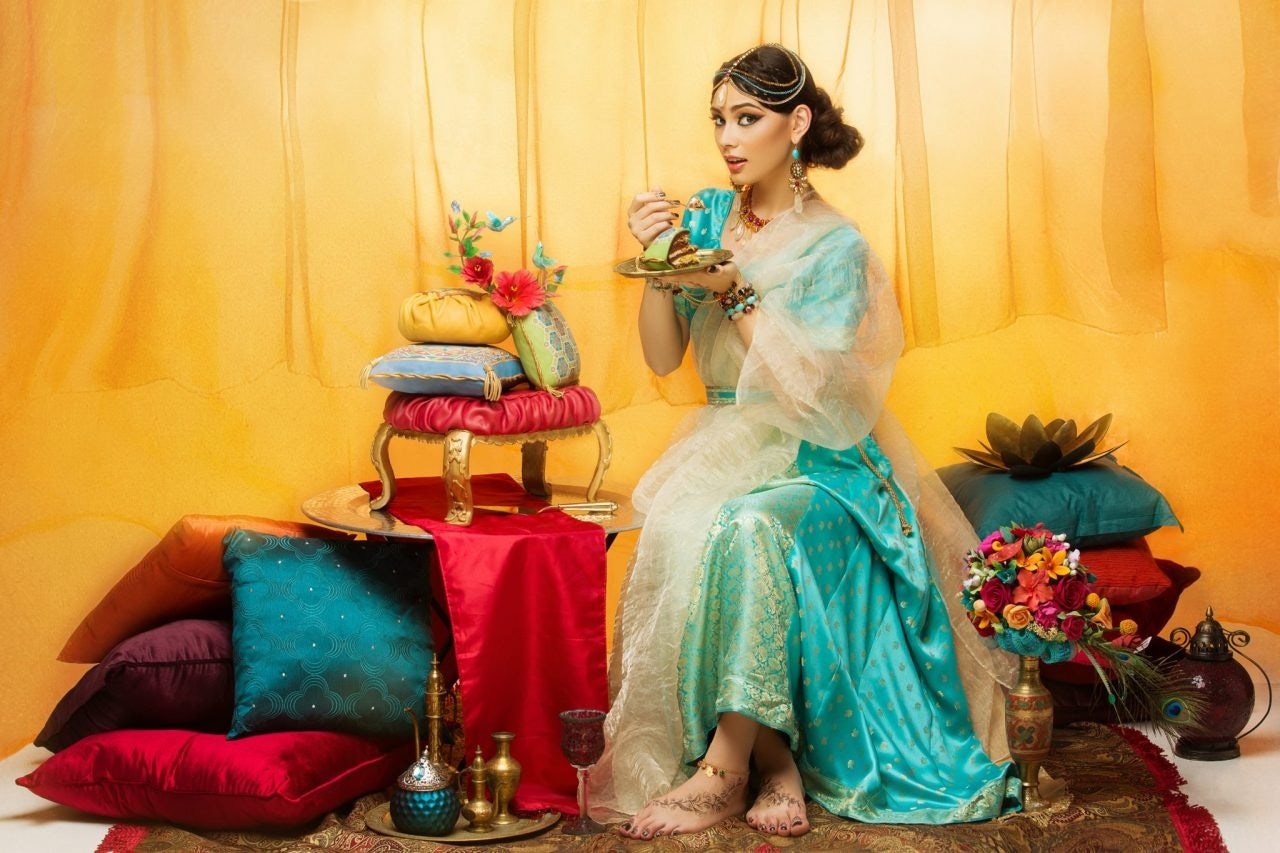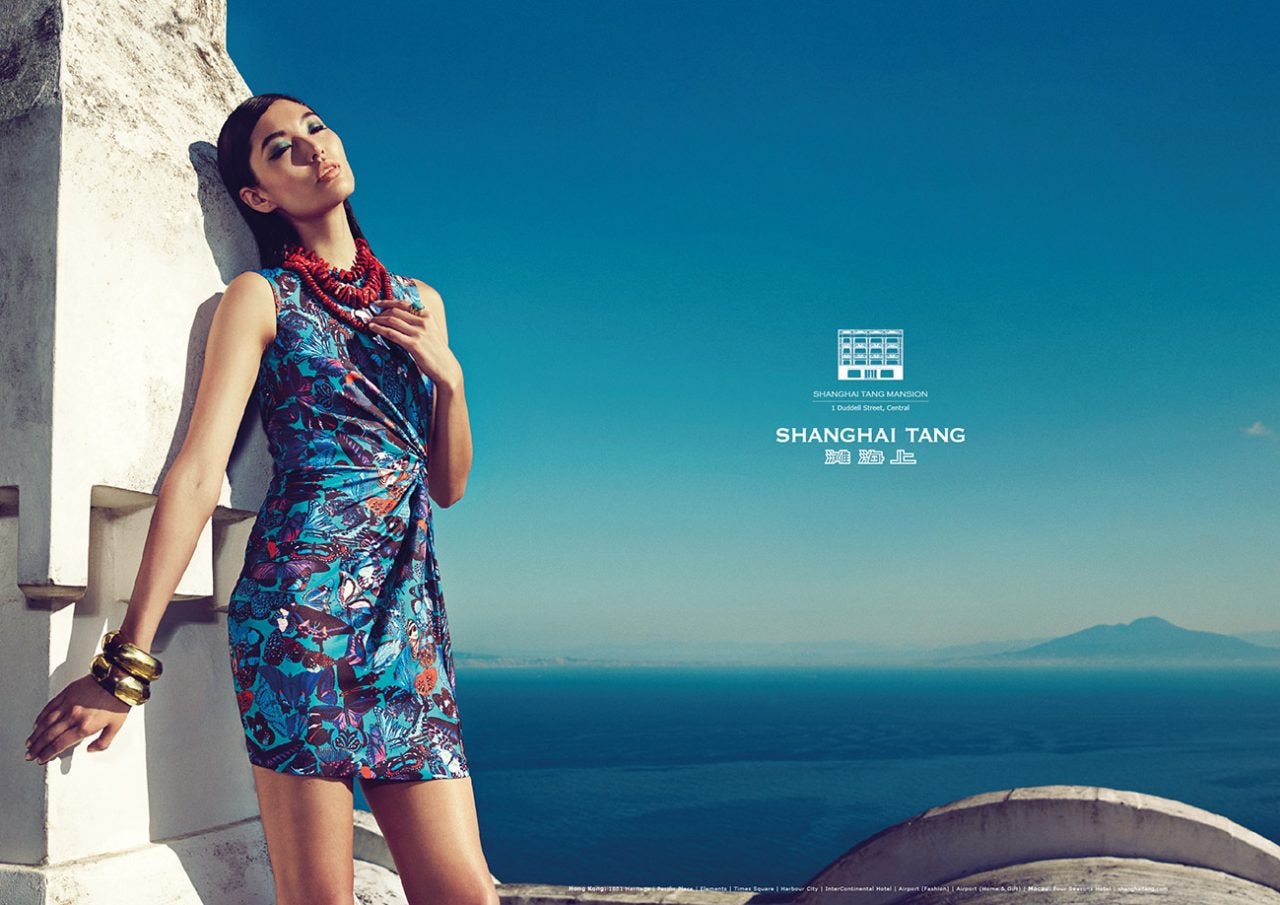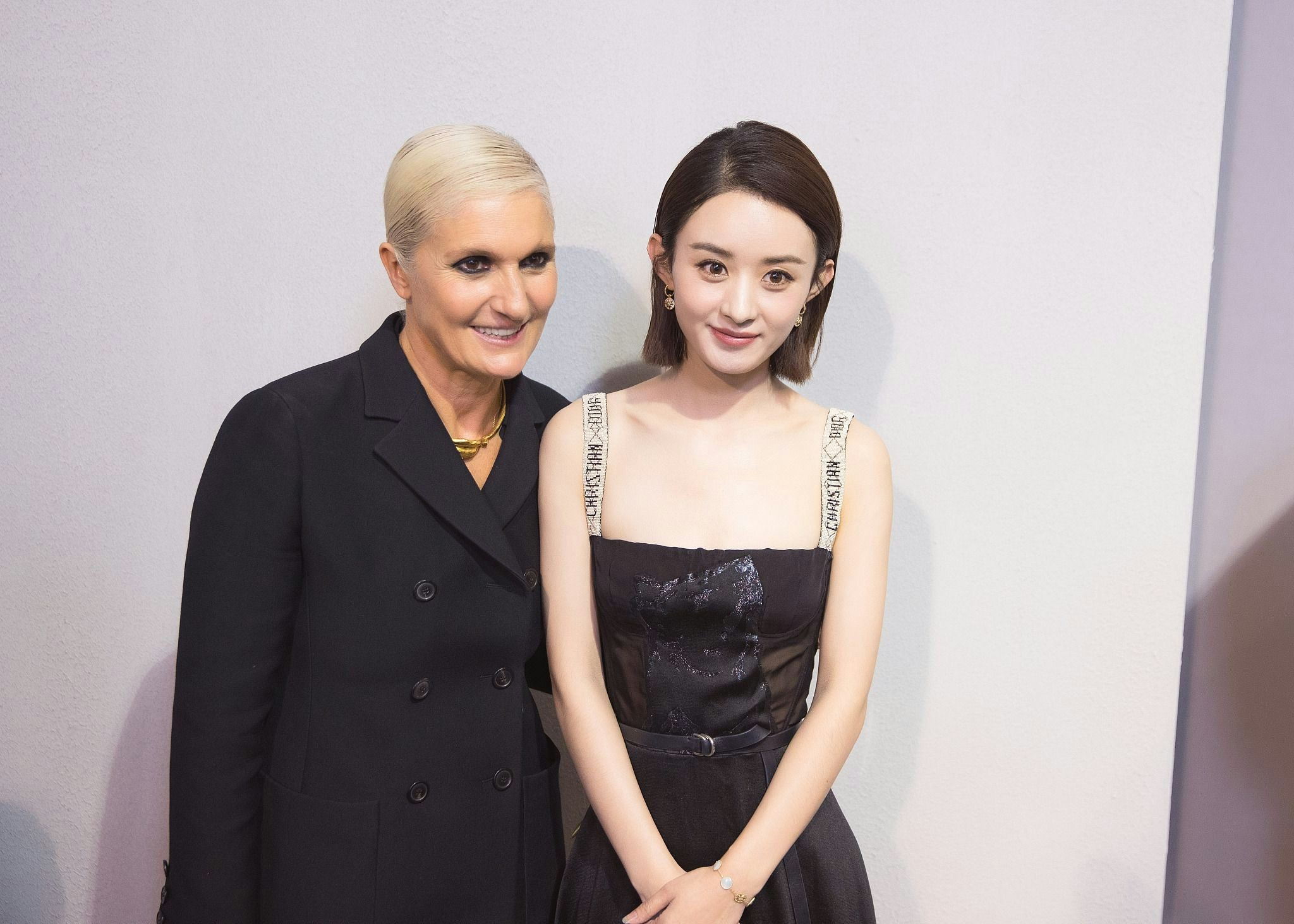“The world is changing, the economy is changing, the geography of luxury is changing,” said François Le Troquer in 2012, back when he was managing director of Cartier UK. The comment came at the official launch of a Cartier short film in which the Cartier panther travels across China and India, big developing economies whose luxury markets have since evolved in different directions.
India and China opened their doors to foreign retail in the late 20th century and both countries slapped a high import duty and tax on luxury goods, making the products much costlier to buy domestically. While in the last three decades, Chinese luxury sales have risen to occupy the number one spot worldwide at 32 percent, India lags behind, one of the last big frontiers with vastly untapped potential for luxury consumption.
Currently just seven percent of the Chinese luxury market, the Indian luxury market is growing at a Compound Annual Growth Rate (CAGR) of 25 percent. The country has added around 500 new ultra high-net-worth individuals (those with investable assets of at least 30 million excluding personal assets and personal property) annually over the past decade, and over the next decade that number will double to approximately 1,000 per year.
Undoubtedly both countries’ luxury markets and broader economies are at different stages, contributing to different perceptions and attitudes towards luxury. Here are four key differences.
1. The typical Indian luxury shopper is more value-conscious#
“When I was working at Cartier in Paris, a wealthy Indian couple wearing gold jewelry entered the store and after looking at a few items declared that no way these goods were worth thousands of euros. The view of many wealthy Indian individuals is that raw material counts a lot whereas in luxury brands, what counts are design, logo and general wow impact” — Erwan Rambourg, author of The Bling Dynasty: Why the Reign of Chinese Luxury Shoppers Has Only Just Begun, speaking to CNBC.
Many Indians tend to assess the value of the items by the quality of materials, the potential resale price and usage costs even when considering a luxury purchase. For example, the mileage is often a consideration even when purchasing a luxury car.
Chinese consumers often take a more investment-oriented approach towards buying luxury and can simply look at it as a means of self-advancement. They are more willing to experiment with brands and find thrills in displaying wealth through luxury goods.
As Rambourg puts it, “Japanese buy luxury goods to fit in. The Chinese buy them to stand out.”
2. The Chinese luxury buyer is more aware of international brands#
Overseas travel, high internet penetration and pop culture has exposed the Chinese population to a wider variety of luxury items and brands, helping them form stronger brand preferences. Policy changes starting in 1997 allowed Chinese citizens to travel overseas at their own expense.
Since the turn of the century, there has been over an eightfold increase in the number of overseas trips made by Chinese travelers making Chinese the largest nationality of outbound travelers since 2012. A high net worth Chinese individual makes 5.9 international trips per year on average.
Whereas India has not witnessed this massive demand and brand awareness emanating from travel, most of the HNWIs in India also prefer to shop while traveling overseas, because the prices are usually 10 to 20 percent higher in their home country.
3. The wedding industry still monopolizes Indian luxury spending#
The 40-billion-dollar wedding industry still constitutes the lion’s share of luxury spending in India. Approximately 2,000 high-end weddings with a budget of around 2 million are organized in India annually, as per figures provided to Business of Fashion. Just the clothing budgets for such high-end weddings often reach half a million USD and a single jewelry sets of bridal couture can cost around 100,000.
There is an established tradition of gifting luxury cars, buying gold and diamond jewelry for close family members, and putting together an extravagant trousseau for the bride (with designer handbags, shoes, and clothes).
The wedding shopping appetite is almost entirely hogged by Indian fashion designers such as Annu Lulla and Sabyasachi, along with the gold jewelry players. The bride’s jewelry at an average high-end wedding in India will cost 10,000 to 40,000, with an overall budget of about 200,000.
Three ethnic Indian brands—Titan, Gitanjali and PC Jewellers—have risen to the top 50 luxury brands globally thanks to the massive Indian wedding industry alone. An individual would spend around one fifth of his accumulated wealth in a lifetime on a wedding ceremony, according to reports in India.
In China, while there is a tradition of parents doling out the downpayment for an apartment and a car for newlyweds, the concept of throwing multiple lavish pre-wedding and post-wedding parties and a cultural pressure to purchase expensive ethnic dresses and jewelry-sets for the bride and relatives does not exist.
4. Chinese luxury consumption is still largely serviced by daigou and overseas shopping#
Daigou (buyers who resell to customers in mainland China) have been a popular consumption channel for Chinese luxury shoppers to counteract access issues, price differences and concerns regarding counterfeits sold domestically.
Many housewives or students who settle overseas run flourishing daigou businesses. The extent of the daigou market has reached the point where it is understood to have led to a shrinking of the domestic luxury market by two percent in 2015 although overall luxury consumption in China rose. In 2017 though, the domestic market outgrew overseas luxury consumption with 20 percent growth.
Indian luxury buyers have not been nearly as creative as their Chinese counterparts, and still rely on themselves for making luxury purchases, whether at home or abroad.
The China luxury market will undoubtedly continue to grow, with increased fragmentation and appetite for unique products, helping small and relatively unknown designer brands grown. The exposure of younger Indians to international luxury is rapid increasing with internet penetration, overseas travel and individualistic discretionary spending that defyies the established cultural norms.
Understanding the DNA of their respective demand drivers can help brands deploy diversified strategies for each market. In the end, of course, there is no single Indian or Chinese luxury consumer. They are evolving into newly created segments with varying needs that warrant even closer consideration.
Preeti Kumar is the founder of Amplify Asia, which partners with international brands for their China marketing strategy and digital marketing operations.


